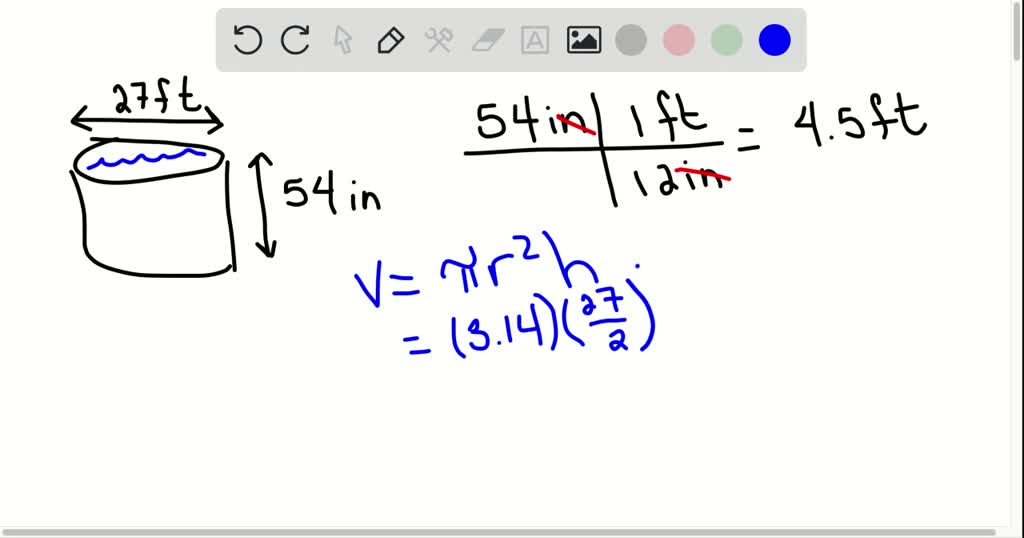

SJD, and other commonly used zebrafish strains, *AB, WIK, and EKK. We also analyzed the degree of polymorphism between inbred strains, C32 and However, the size of these regions was small, and such regionsĬould be detected with closely linked markers. To distinct clusters in both strains, rather than isolated loci. The heterozygous markers we did see were confined The majority of loci in current stocks of C32 and SJD strains are homozygous. Here, we analyzed 235 polymorphic CA-repeat markers in fish of the C32 strain and 183 markers in SJD fish. The remaining regions of persistent heterogeneity can be identified by clustering of polymorphic Following multiple generation of inbreeding, most introduced polymorphisms Another explanation for the observed variation in theĬ32 strain is contamination from other zebrafish stocks. That the sMdh-A locus or C32, in general, have high mutation rates. Despite the small size of the sample, they concluded that mutation was the likely source of heterogeneity. Only one locus, malate dehydrogenase (sMdh-A), was found to be heterozygous in C32 fish ( Buth et al. assayed the homogeneity of the C32 strain by allozyme expression.

Following EP generations, SJD stocks were maintained by six generations of full-sib matings, prior to this analysis. Another inbred line, designated SJD, was established by sequential early pressure (EP) parthenogenesis Beginning in 1991, the C32 isolate used in this study was maintained by six generations of sib matings, In the years prior to 1991, C32 stocks were maintained by mass mating, with gametes from multiple individuals, to produce The C32 clonal strain was established by Streisinger and colleagues in 1978 ( Streisinger et al. Mutagenesis and maintaining stocks ( Postlethwait et al. Clonal laboratory strains that have been used in generation of the zebrafish genetic maps are also ideal reagents for performing Genetically uniform animals have proven to be a valuable tool for research involving both fruit flies, worms, and mice (for Maximize the use of these strains in mapping experiments. WIK, and Florida wild type (hereafter referred as EKK), with CA-repeat markers as well as SSCP polymorphisms. In addition, weĮstablished levels of polymorphism between the inbred, C32 and SJD, strains and three other commonly used strains, the *AB, This identification of the heterozygous regions within C32Īnd SJD lines should permit rapid fixation of these remaining regions in future generations of inbreeding.

Strain are homozygous for CA-repeat markers in current stocks. The C32 strain, and these clusters could be detected with linked polymorphic markers. In contrast, heterozygous clusters were distributed randomly throughout the genome in As expected, centromeric regions were homozygous in the SJD strain, consistent with its derivationįrom a single half-tetrad individual. In the SJD strain, these were mainly limited to a few telomeric regions or regions otherwiseĭistant from centromeres. We found a limited number of heterozygous markers persisting Of the markers typed were polymorphic between these two strains. Use the term polymorphic to define polymorphism between strains, and the term heterozygous to address heterogeneity withinĪ strain.) Eight male individuals each from C32 and SJD stocks were typed for 235 and 183 markers, respectively. Polymorphic CA-repeat markers randomly dispersed throughout the zebrafish genome. To assess the level of heterozygosity within two commonly used inbred mapping zebrafish strains, C32 and SJD, we genotyped


 0 kommentar(er)
0 kommentar(er)
